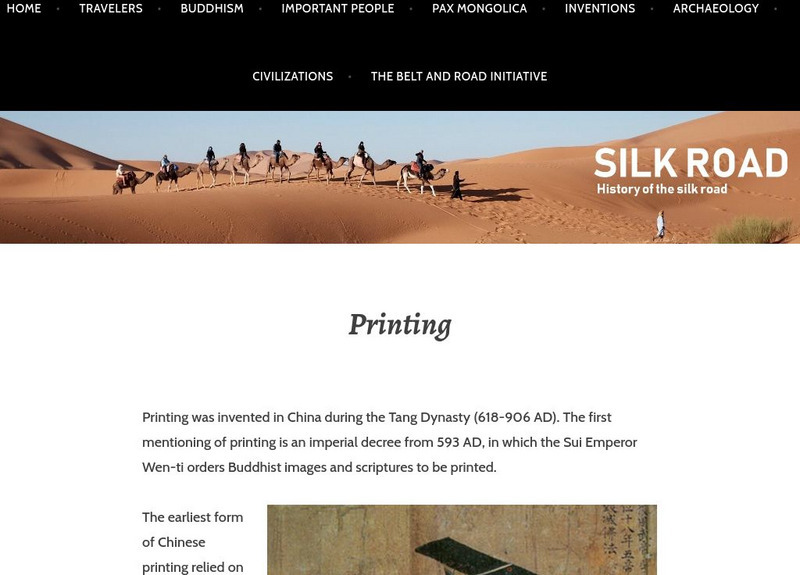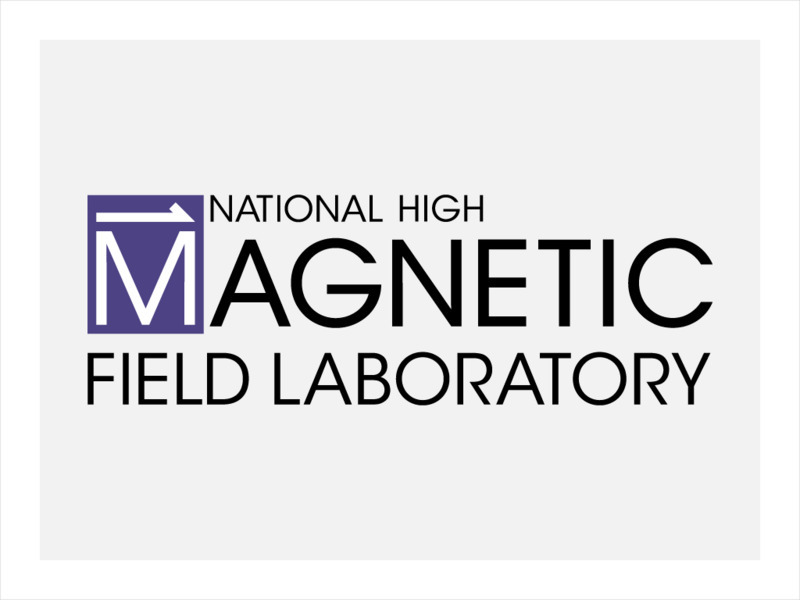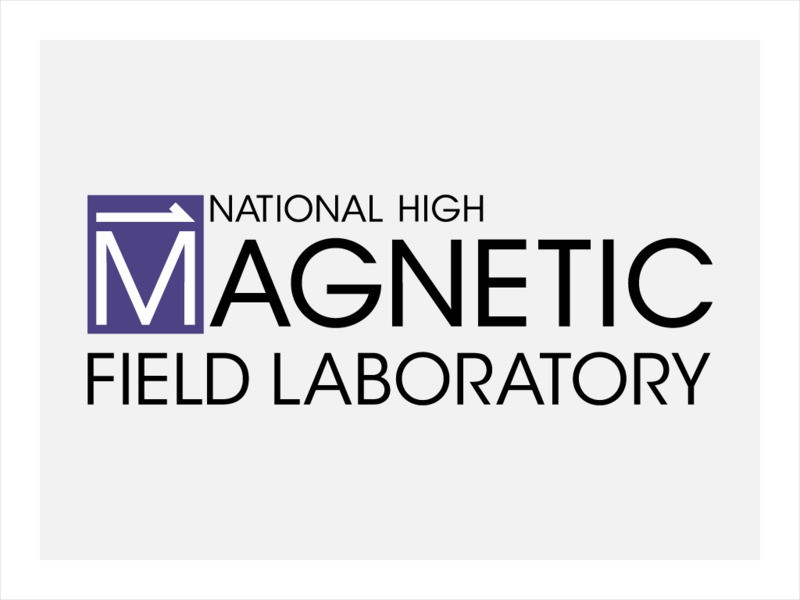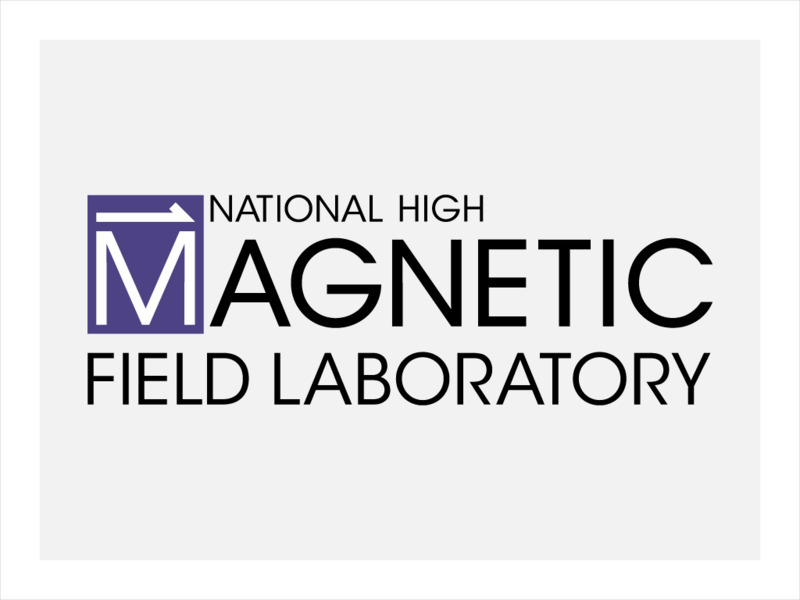Utah Education Network
Uen: Third Grade Writing Lesson #2 / Science Prompt
Third graders will invent a gadget using one or more simple machines and write about it.
Smithsonian Institution
Lemelson Center: Tinker Ball
Build a virtual Rube Goldberg machine, and try to create a successful path for the ball. Requires Adobe Flash.
Independence Hall Association
U.s. History: The Invention of the Teenager
It's hard to believe that there was not a phase known as adolescence until the 1920s. See how child labor laws and the automobile combined to spawn the teenager.
Discovery Education
Discovery Education: 3 M Young Scientist Lab: Travel Through Time
Travel through the decades to learn about the innovations that shape your life. Use the Decade Navigator below to start exploring. Transport yourself through the last 100 years to meet the innovations that have shaped our world.
PBS
Wnet: Thirteen: Freedom: A History of Us: Wake Up, America!
This resource covers the changing of America due to the Industrial Revolution which brought in not only new technology but also opened the door to reform movements. From the series by Joy Hakim, "A History of Us." Includes a teacher's...
National High Magnetic Field Laboratory
Magnet Academy: Lee De Forest
American inventor Lee De Forest was a pioneer of radio and motion pictures. He received more than 300 patents over the course of his lifetime, the most important of which was for a three-electrode vacuum tube, or triode, that he called...
National High Magnetic Field Laboratory
Magnet Academy: Jack Kilby
The integrated circuit fueled the rise of microelectronics in the latter half of the twentieth century and paved the way for the Information Age. An American engineer, Jack Kilby, invented the integrated circuit in 1958, shortly after he...
University of Houston
University of Houston: Engines of Our Ingenuity: No. 381: Civil War Submarine
A short discussion about the invention of the submarine and its use by both the Confederates and the Federals in the Civil War. This is a transcript of an accompanying radio broadcast.
University of California
University of California: Otis Boykin: Inventor
Otis Boykin (1920-1982 CE) is attributed with developing twenty-six electronic inventions, including devices for guided missiles, IBM computers and a control unit for an artificial heart stimulator.
Other
Silk Road Foundation: Gun and Gunpower
This site provides a description of how and when gunpowder was discovered and used for military purposes. Also includes information on the invention of machinery, like cannons or guns, to make use of gunpowder.
Other
Silk Road Foundation: Printing
This site provides detailed information on the Chinese invention of block printing. Includes an image of the carved wood that was used in early Chinese printing.
Other
Bhra: Granville Woods
Read this homage to Granville Woods, whose inventions and improvements to the railway system not only made railroad travel safer, but also made the New York City railway system a possibility.
McGraw Hill
Glencoe Health and Fitness: Health Quests: Recipe for Recycling
Use the given sites and worksheet to brainstorm an original invention for a product to be manufactured from recycled materials.
Daily Teaching Tools
Daily Teaching Tools: Test 9: Ben's Harmonica
This Daily Teaching Tools resource provides a reading assessment passage. This passage contains a brief biography about Ben Franklin and a few of his inventions.
National High Magnetic Field Laboratory
Magnet Academy: Wheatstone Bridge 1843
Read about the device used for measuring resistance in a circuit which was discovered in 1843, but had been invented a decade earlier. The inventor's name was not Wheatstone.
National High Magnetic Field Laboratory
Magnet Academy: Willem Einthoven
Willem Einthoven invented a string galvanometer that lead to the electrocardiogram, which measures heart activity. For his discovery, Einthoven was awarded the Nobel Prize in Physiology or Medicine in 1924.
National High Magnetic Field Laboratory
Magnet Academy: Luigi Galvani
Luigi Galvani was a pioneer in the field of electrophysiology, the branch of science concerned with electrical phenomena in the body. His experiments with dissected frogs and electrical charges led him to suggest the existence of a...
National High Magnetic Field Laboratory
Magnet Academy: John Ambrose Fleming
John Ambrose Fleming was an electronics pioneer who invented the oscillation valve, or vacuum tube, a device that would help make radios, televisions, telephones and even early electronic computers possible. A brilliant innovator,...
National High Magnetic Field Laboratory
Magnet Academy: John Daniel Kraus
For a man whose career involved the entire known universe, John Kraus had a remarkably insular upbringing. He was born and raised in Ann Arbor, Michigan, and earned his bachelor's, master's and doctoral degrees in physics, all at the...
National High Magnetic Field Laboratory
Magnet Academy: William Thomson, Lord Kelvin
William Thomson, known as Lord Kelvin, was one of the most eminent scientists of the nineteenth century and is best known today for inventing the international system of absolute temperature that bears his name. He made contributions to...
Khan Academy
Khan Academy: Crowdsourcing With a Global Crowd
Explore how crowdsourcing helps us to create common goods, invent new products, and make scientific discoveries.
Other
Questioning.org: The Question Mark
Jamie McKenzie's book, Beyond Technology: Questioning, Research and the Information Literate School, emphasizes the need to teach children to ask important questions, then research the answers, instead of just learning information...
National High Magnetic Field Laboratory
Magnet Academy: Michael Faraday
A self-educated man with a brilliant mind, Michael Faraday was born in a hardscrabble neighborhood in London. Through the combination of insatiable curiosity and a powerful will to succeed, he transcended his austere beginnings to...
National High Magnetic Field Laboratory
Magnet Academy: Theodore Maiman
Theodore Maiman built the world's first operable laser. Ironically, Maiman's first paper announcing this momentous achievement, which many other scientists had been racing to complete themselves, was rejected. Since then, however, lasers...
























